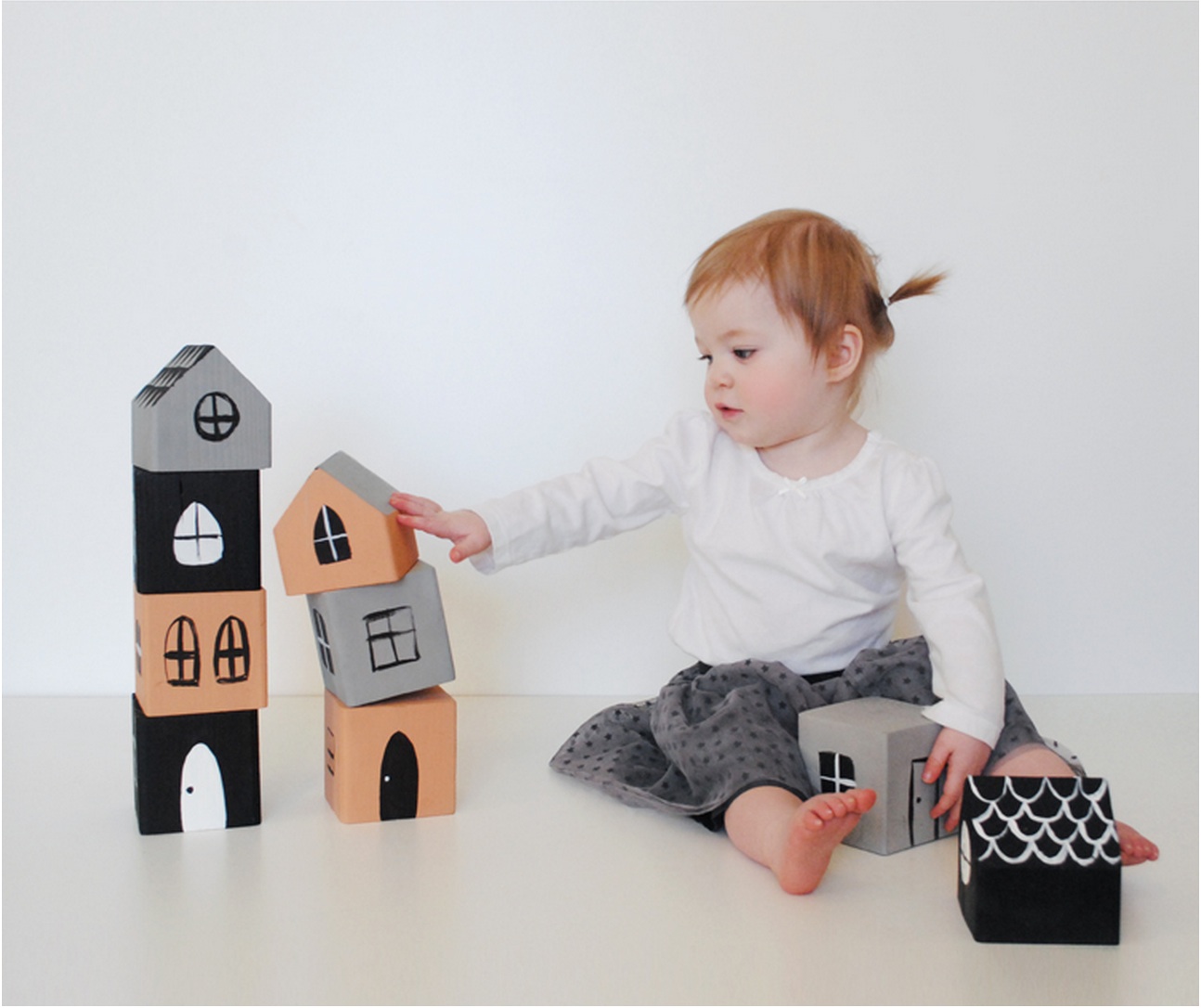
Dad’s Guide to Dealing with Back-to-School Stress
Understanding Back-to-School Anxiety
Recognizing Signs of Stress
As a dad, it’s crucial to be aware of the subtle and overt signs that your child may be experiencing back-to-school stress. Children often communicate stress differently than adults, and it might manifest in various ways. Look for changes in behavior such as irritability, withdrawal, or changes in eating and sleeping patterns.
Some common signs to watch for include:
- Increased reluctance to go to school
- Complaints of unexplained physical symptoms like headaches or stomach aches
- A noticeable drop in academic performance or interest
It’s important to remember that these signs can be a normal part of adjusting to a new school year. However, if they persist or worsen, it may be time to take additional steps to support your child.
Creating a Supportive Environment
A supportive environment at home is crucial for children to thrive during the back-to-school transition. Open communication and a positive atmosphere can significantly reduce stress levels for both children and parents. Here are some ways to create such an environment:
- Establish a dedicated space for your child to study and complete homework, free from distractions.
- Ensure that your home reflects a calm and organized setting, which can help in mirroring those feelings in your child.
- Show interest in their school activities and be involved without being overbearing. This can include attending school events and helping with homework when needed.
Remember, your attitude towards school and education can greatly influence your child’s perspective. By demonstrating a calm and collected approach to the new school year, you’re setting the stage for your child to adopt the same outlook.
Communicating with Your Child
Effective communication is the cornerstone of understanding and alleviating your child’s back-to-school stress. Start by creating an open dialogue where your child feels comfortable sharing their feelings without fear of judgment or immediate solutions. Ask open-ended questions to encourage them to express themselves more fully.
- Listen actively and acknowledge their concerns.
- Provide reassurance that their feelings are normal and that you’re there to support them.
- Discuss potential stressors and work together to find practical solutions.
Remember, the goal isn’t to fix every issue but to let your child know they’re not alone. This can significantly reduce their anxiety and strengthen your bond.
Managing Time and Responsibilities
Setting Realistic Expectations
As a dad, it’s crucial to set achievable goals for both yourself and your children during the back-to-school period. Avoid the trap of aiming for perfection; instead, focus on what is manageable and sustainable over the long term.
- Recognize each child’s unique capabilities and set expectations accordingly.
- Be realistic about what you can accomplish given your own work and life commitments.
- Prepare for the unexpected by building flexibility into your schedules.
By setting realistic expectations, you can reduce stress and create a more relaxed atmosphere at home. This approach not only helps in managing your own stress levels but also teaches your children the importance of setting attainable goals and the value of balance.
Establishing Routines
Establishing routines is a cornerstone of managing back-to-school stress. A consistent daily schedule can provide a sense of security and predictability for both you and your child, helping to reduce anxiety.
- Start by setting regular times for homework, meals, and bedtime.
- Incorporate time for relaxation and family activities to ensure a balanced routine.
- Be flexible and adjust the routine as needed, but try to maintain the core elements.
Remember, the goal is to create a stable framework that supports your child’s educational and emotional needs while also respecting the demands of your own schedule.
Balancing Work and Family Life
Achieving a balance between work and family life is crucial for reducing back-to-school stress. It’s important to set boundaries to ensure that neither area is neglected. Here are some strategies to help maintain this balance:
- Prioritize tasks and delegate when possible to manage your workload efficiently.
- Schedule quality family time, and make it non-negotiable to foster strong family bonds.
- Use a shared family calendar to keep track of everyone’s activities and commitments.
Remember, it’s not about perfection but about finding a harmony that works for your family. Flexibility and open communication with your employer and family members can help adjust schedules as needed to accommodate school events and family activities.
Promoting Mental Well-being
Encouraging Self-Care Practices
In the hustle of back-to-school preparations, it’s crucial for dads to model and encourage self-care practices for their children. Self-care is not just about relaxation; it’s about maintaining a healthy balance in all aspects of life. Here are a few ways to promote self-care within the family:
- Establish a routine that includes time for relaxation and hobbies. This shows children the importance of taking breaks and enjoying life beyond academic and extracurricular commitments.
- Encourage physical activity, which is a proven stress reliever. Whether it’s a family bike ride or a solo jog, staying active can help manage anxiety.
- Promote healthy eating habits by involving kids in meal planning and preparation. A balanced diet can improve mood and energy levels.
Remember, self-care is a personal journey, and what works for one child may not work for another. Openly discuss different self-care strategies and be willing to adapt as needed. By prioritizing self-care, dads can help their children navigate back-to-school stress with resilience and positivity.
Fostering Positive Relationships
Building a network of positive relationships is crucial for your child’s social and emotional development. Encourage your child to maintain friendships both inside and outside of school, as these connections can provide emotional support and build resilience against stress.
- Foster open communication with your child about their peers and any concerns they may have.
- Arrange playdates or group activities to facilitate social interaction.
- Model positive relationship skills by treating others with kindness and respect.
Remember, your own relationships also set an example. Maintaining healthy relationships with your partner, friends, and colleagues demonstrates to your child how to interact positively with others. This can be especially important during stressful times, such as the back-to-school period.
Seeking Professional Help if Needed
It’s essential to recognize when back-to-school stress goes beyond what’s typical and may require professional intervention. If your child’s anxiety is persistent, intense, or interfering with daily life, it might be time to seek help.
- Look for licensed therapists who specialize in children and adolescents.
- Consider consulting with the school counselor as a starting point for resources.
- Don’t hesitate to ask for recommendations from other parents or your pediatrician.
Remember, seeking professional help is a sign of strength, not weakness. It demonstrates your commitment to your child’s mental health and overall well-being. Early intervention can make a significant difference, so be proactive in getting the support your family needs.
In conclusion, navigating the back-to-school season as a dad can be challenging, but with the right strategies and support, it is possible to manage the stress effectively. By prioritizing communication, setting realistic expectations, and practicing self-care, dads can create a positive and supportive environment for their children as they transition back to school. Remember, it’s okay to seek help and take breaks when needed. With patience and dedication, dads can play a crucial role in helping their children thrive during this busy time of year.




